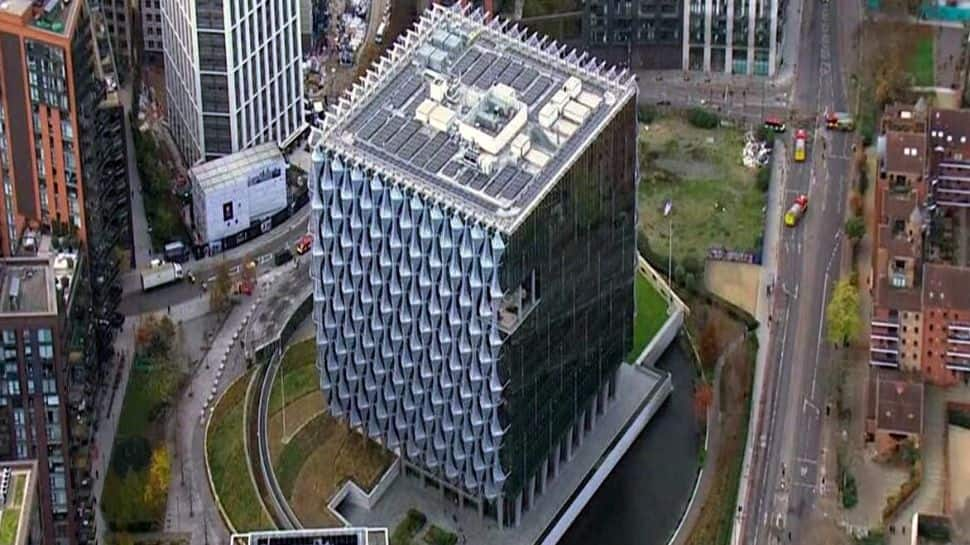Bussiness
Macro trader: Fed put becomes even more forceful – London Business News | Londonlovesbusiness.com

In contrast to the ‘hawkish Fed’ view that appears to be gathering some traction, the June FOMC meeting was anything but, with policymakers actually lowering the bar to policy normalisation, consequently making the ‘Fed put’ even more forceful than before.
The aftermath of the June FOMC meeting has been dominated by a deluge of comments affirming that this is a “hawkish Fed”, or other such remarks along those lines.
In my view, that is dead wrong.
Said comments demonstrate a laser-like focus on the dot plot and, in fact, on just the 2024 median dot, which was revised to show just 25bp of cuts this year, compared to 75bp at the prior iteration back in March.
This, however, doesn’t represent the full story.
Not only is the fabled dot plot a famously unreliable beast, with policymakers’ expectations liable to significantly shift between SEP publications depending on incoming data, it was also finely balanced.
While the median expectation may well point to just one cut this year, there are still 8 FOMC members who have pencilled in two such moves. It’s not beyond the realms of possibility for more to join this camp in September, if incoming inflation prints continue to behave themselves.
On inflation, the Committee continue to send a clear message. Price stability is no longer interpreted as reaching precisely 2% inflation, with the target instead having become a range, with 2% as the floor.
The SEP projections show this clearly, with both 2024 and 2025’s core PCE projections having been revised higher, by 0.2pp and 0.1pp respectively, while 125bp of easing is pencilled in over the same period. This more dovish interpretation of the inflation aim, following the statement guidance stressing a focus on inflation moving “towards” 2%, clearly lowers the bar to the first cut being delivered.
That bar is further lowered if one considers the labour market. At the press conference, Powell went further than previously in characterising the “unexpected” labour market weakness that may elicit a policy response.
Per the Chair’s remarks, said “unexpected” weakening should be interpreted as “more than in the forecast”. Keen observers will note the median 2024 forecast for 4% unemployment, with a tight 4.0% – 4.1% ‘central tendency’ of estimates. Said observers will also note that the May employment report showed unemployment hitting 4% that month. Once again, the bar to meeting this condition, and thus beginning to ease, has been lowered quite substantially.
Putting all this together paints a picture of anything but a dovish Fed. The picture painted is instead one that remains willing, able, and perhaps desperate to cut rates – particularly with the fed funds rate having now spent almost a year at its terminal level.
In simpler words, not only does the ‘fed put’ remain, but it has become even more forceful, and closer to being triggered, particularly with the new guidance surrounding the labour market.
For market participants, this should give the green light for risk to continue rallying, with participants still possessing confidence to move further out the risk curve, knowing that policymakers ‘have their backs’.
Dips, hence, should remain relatively shallow, and be rapidly bought into, with the path of least resistance continuing to lead higher over the medium-term, as the increasingly supportive policy backdrop continues to insulate the market from shocks, and keep a lid on vol.
What has mattered all year is not when the Fed will cut rates, or by how much they will cut over the next 12 months. Instead, what has mattered is that policymakers have the ability to ease, to a significant degree if needed, as and when they see fit. It is this which has propelled equities higher during the first half of 2024, and this which should continue to do so into H2.










